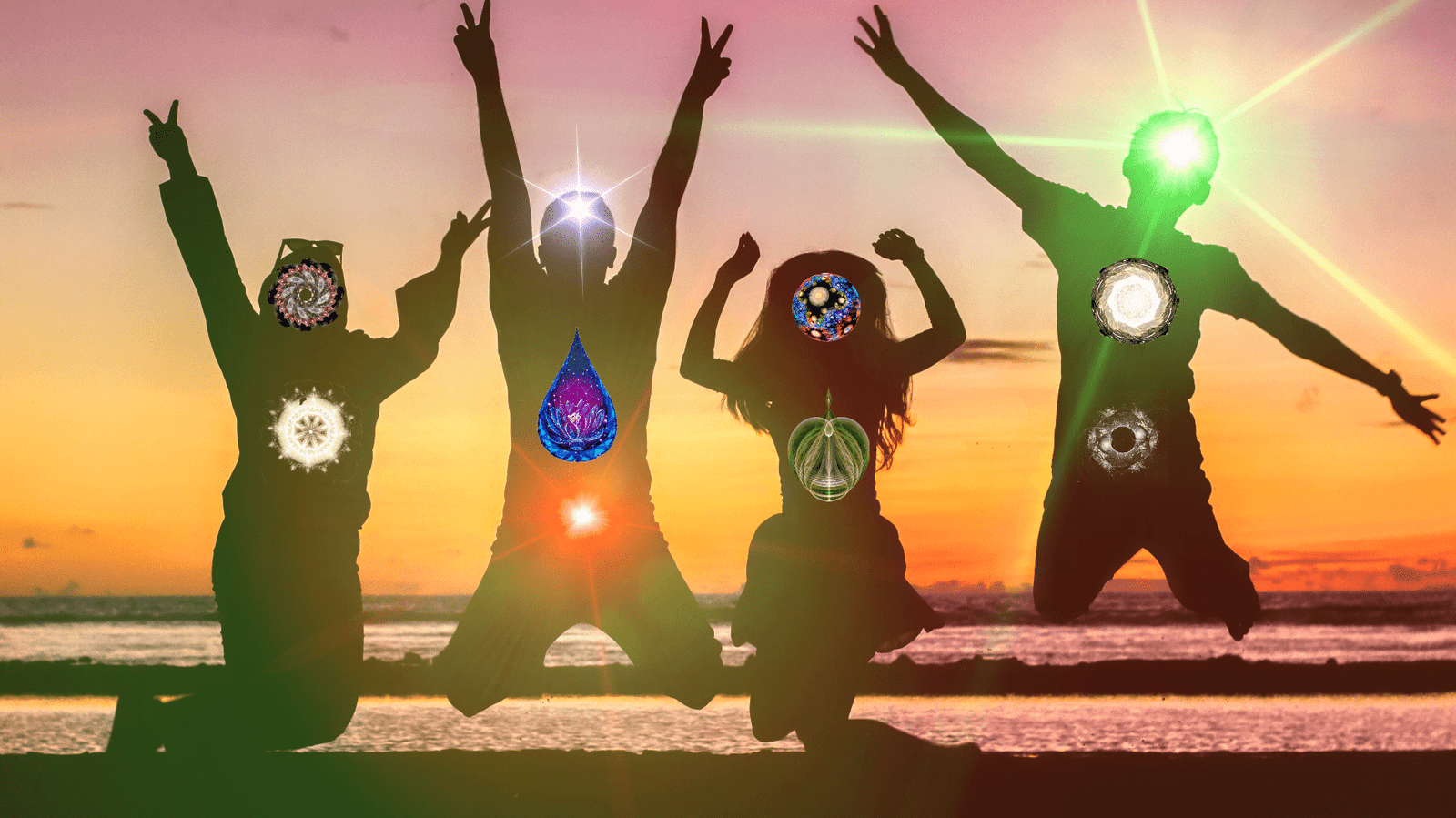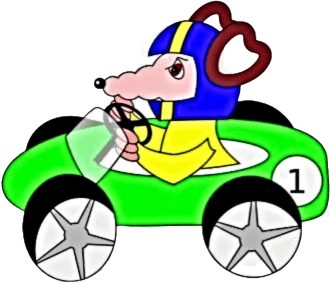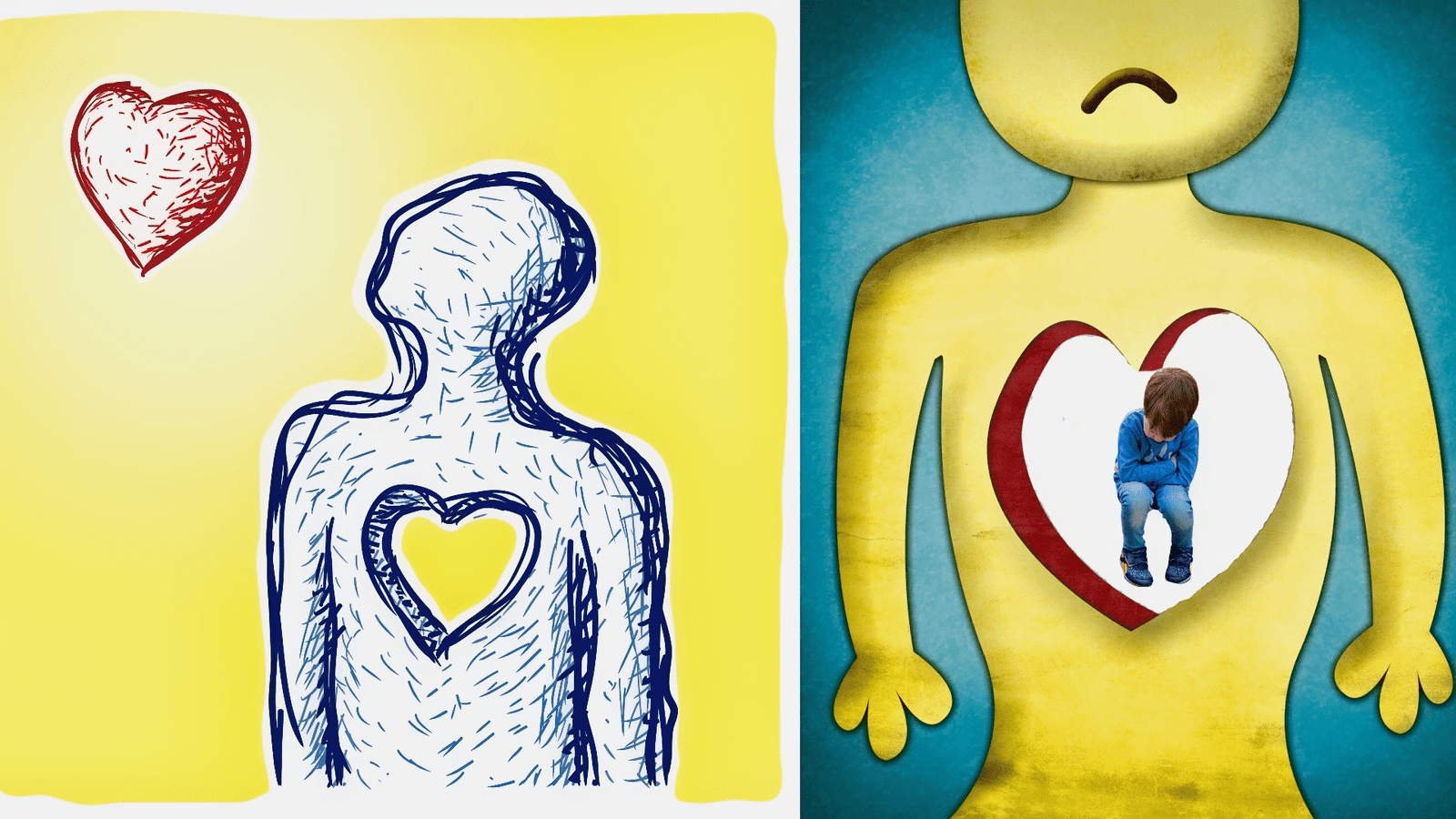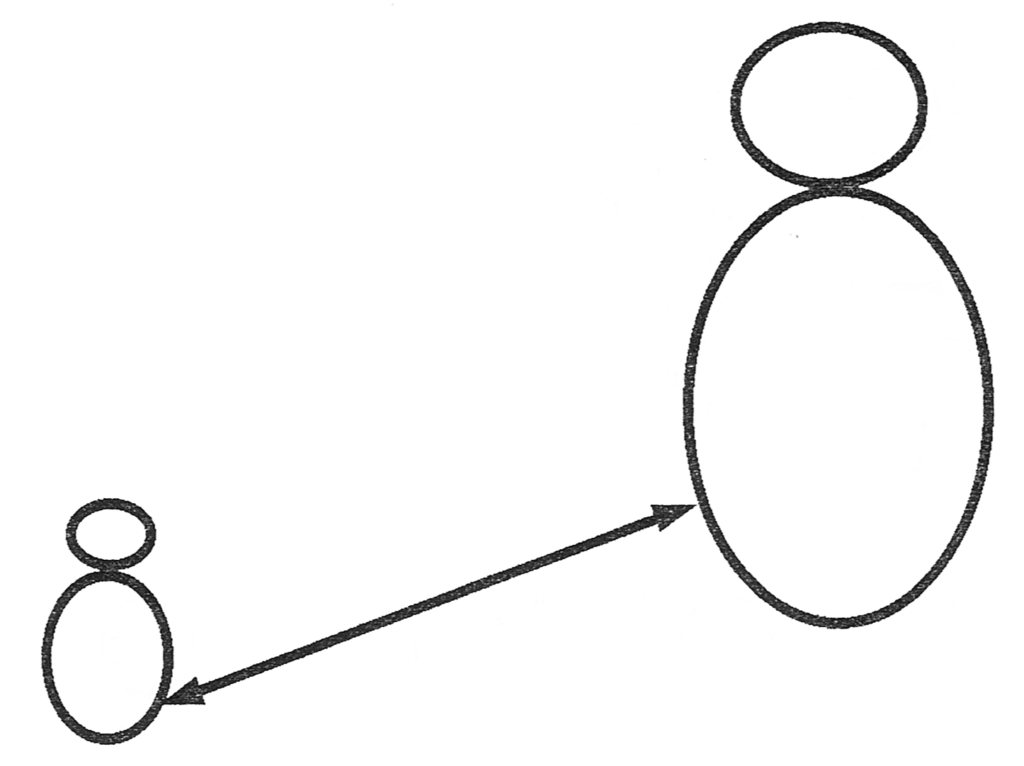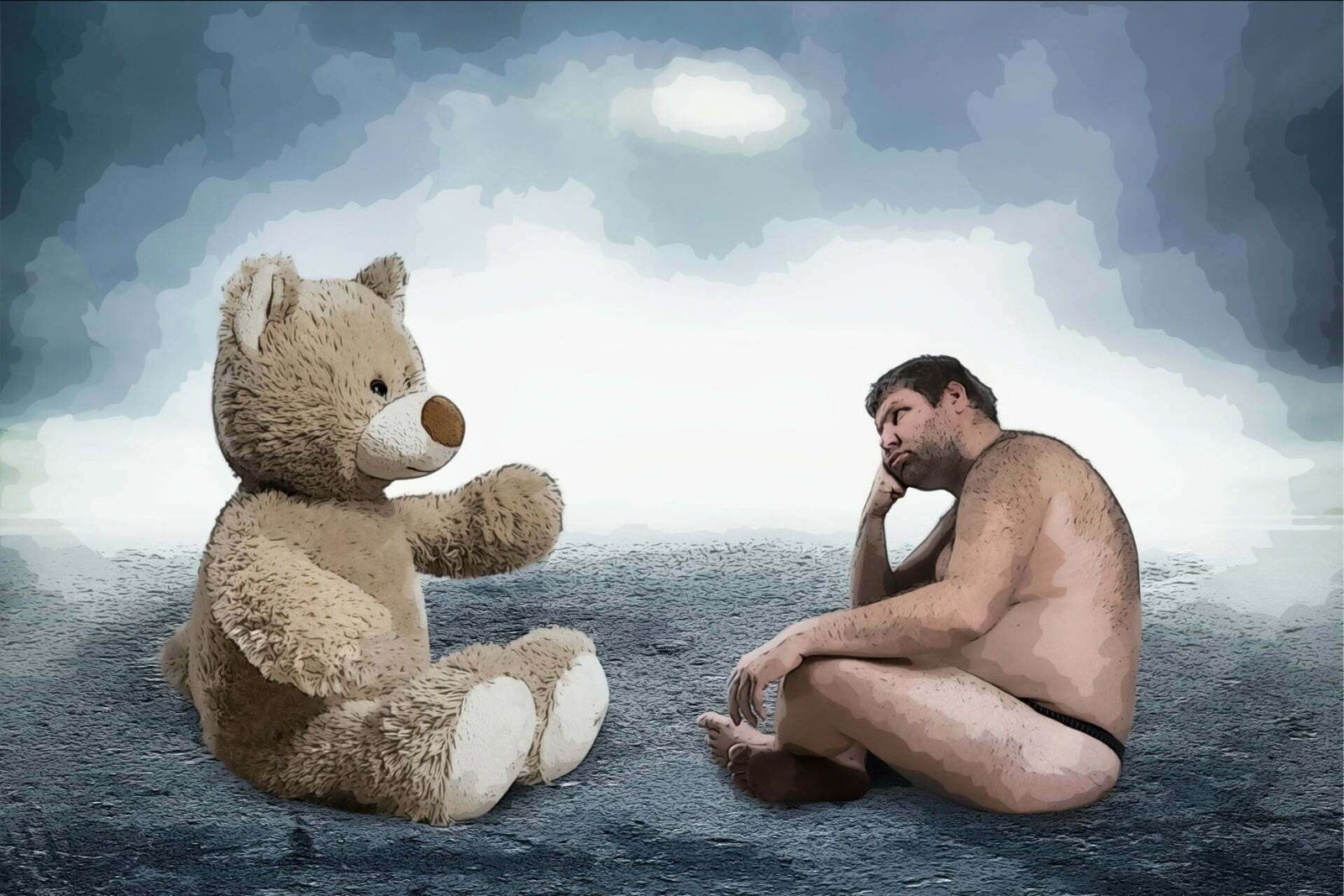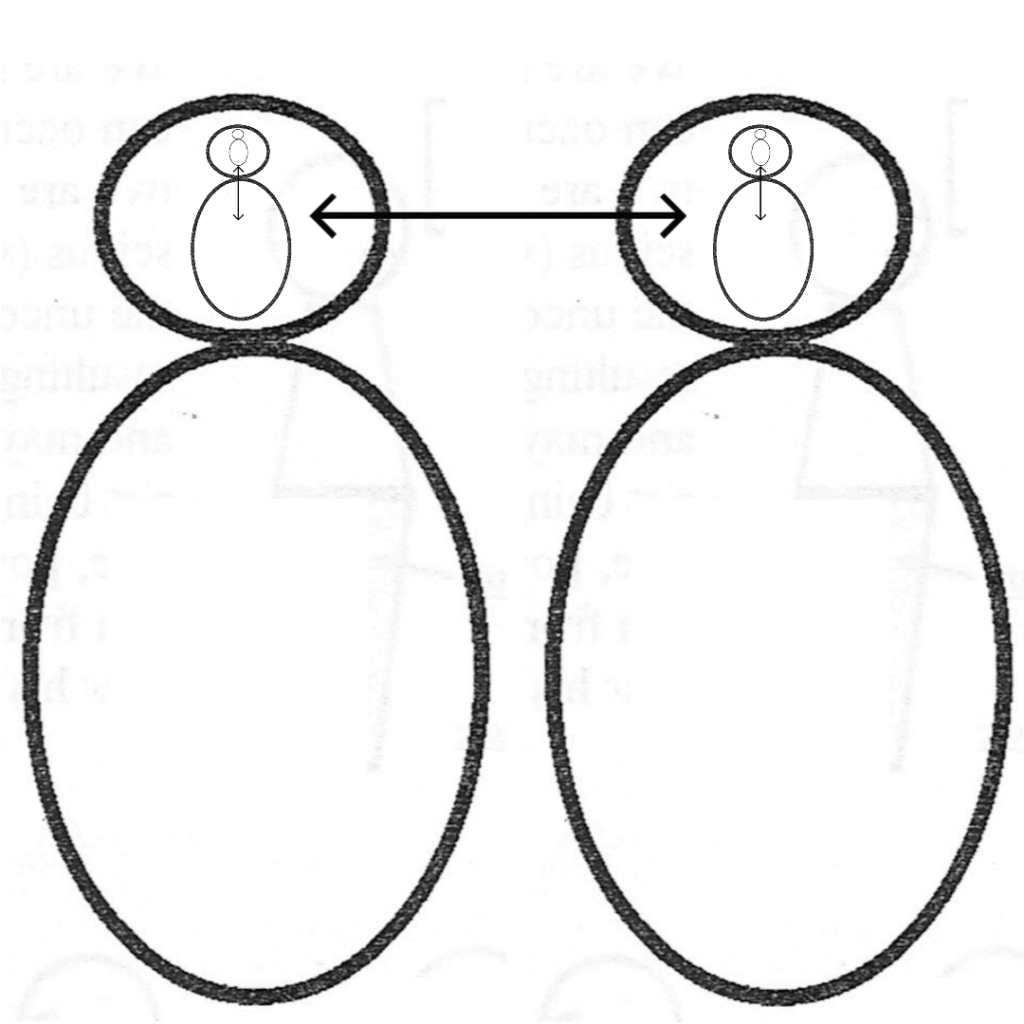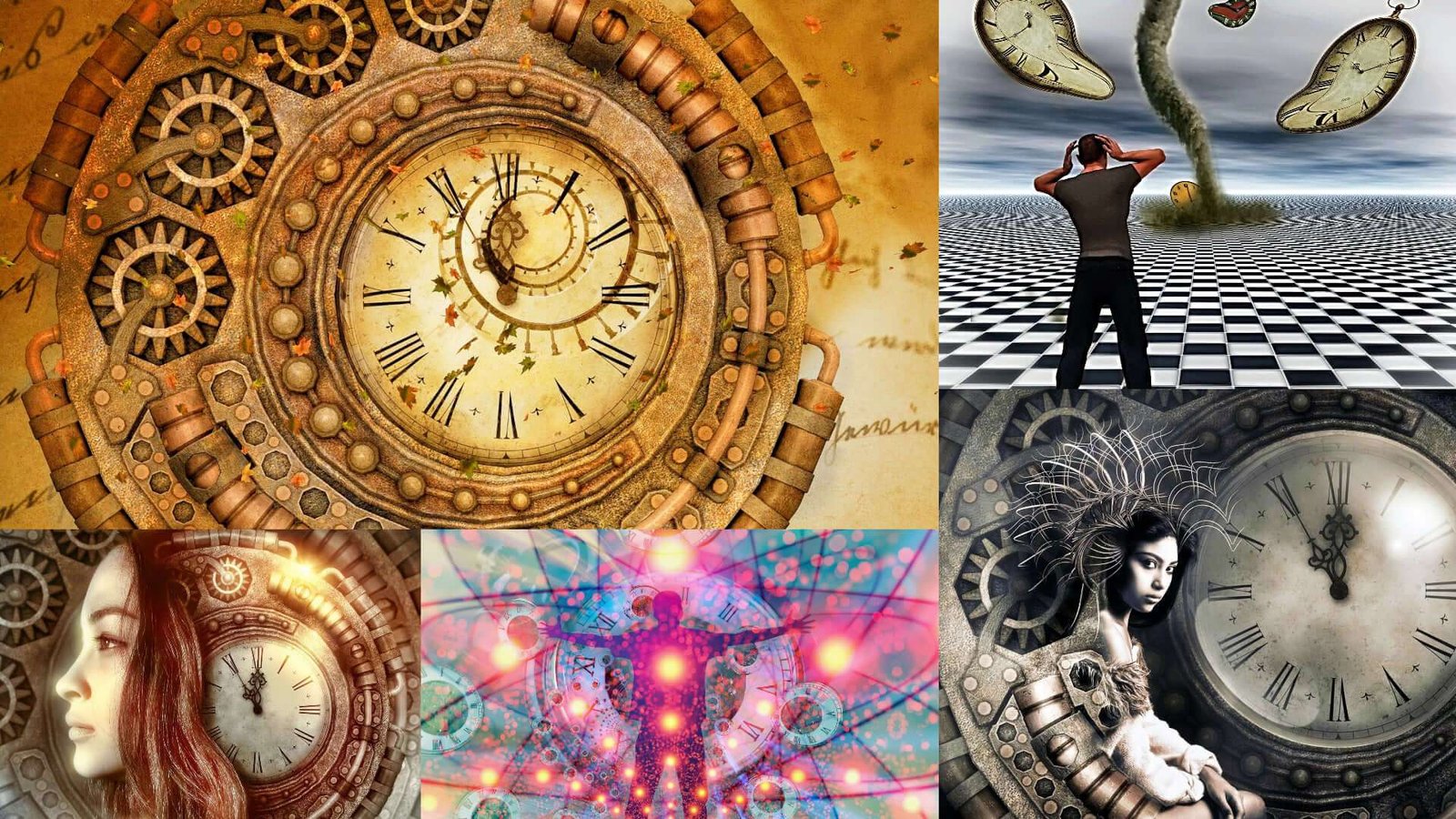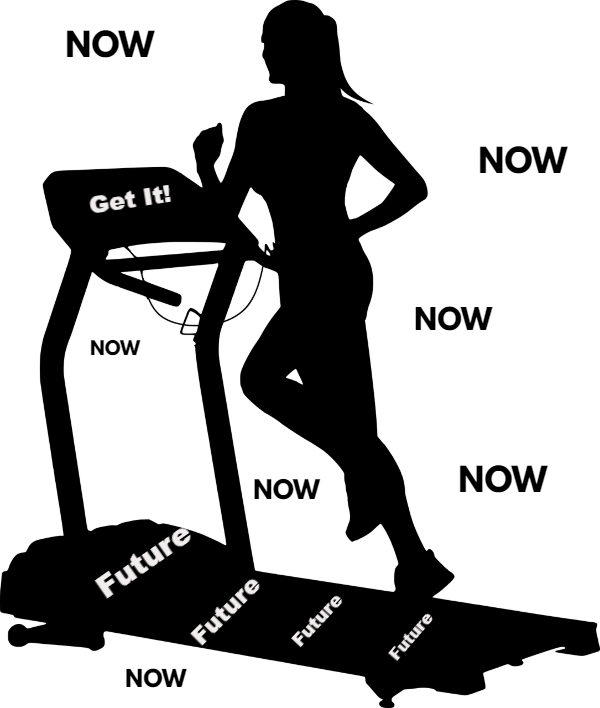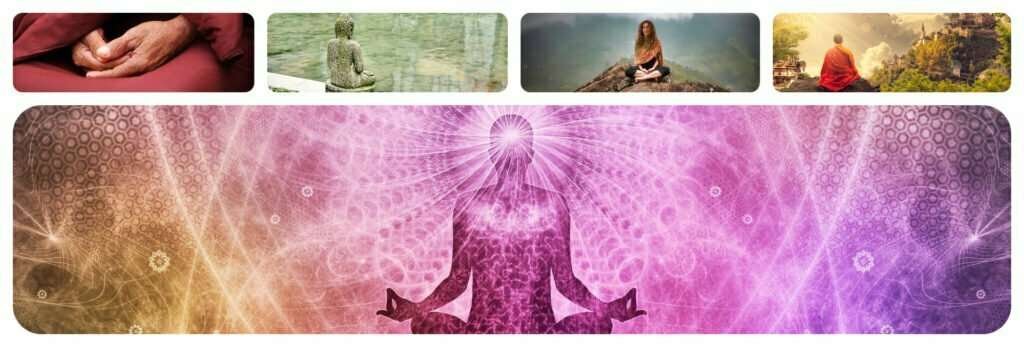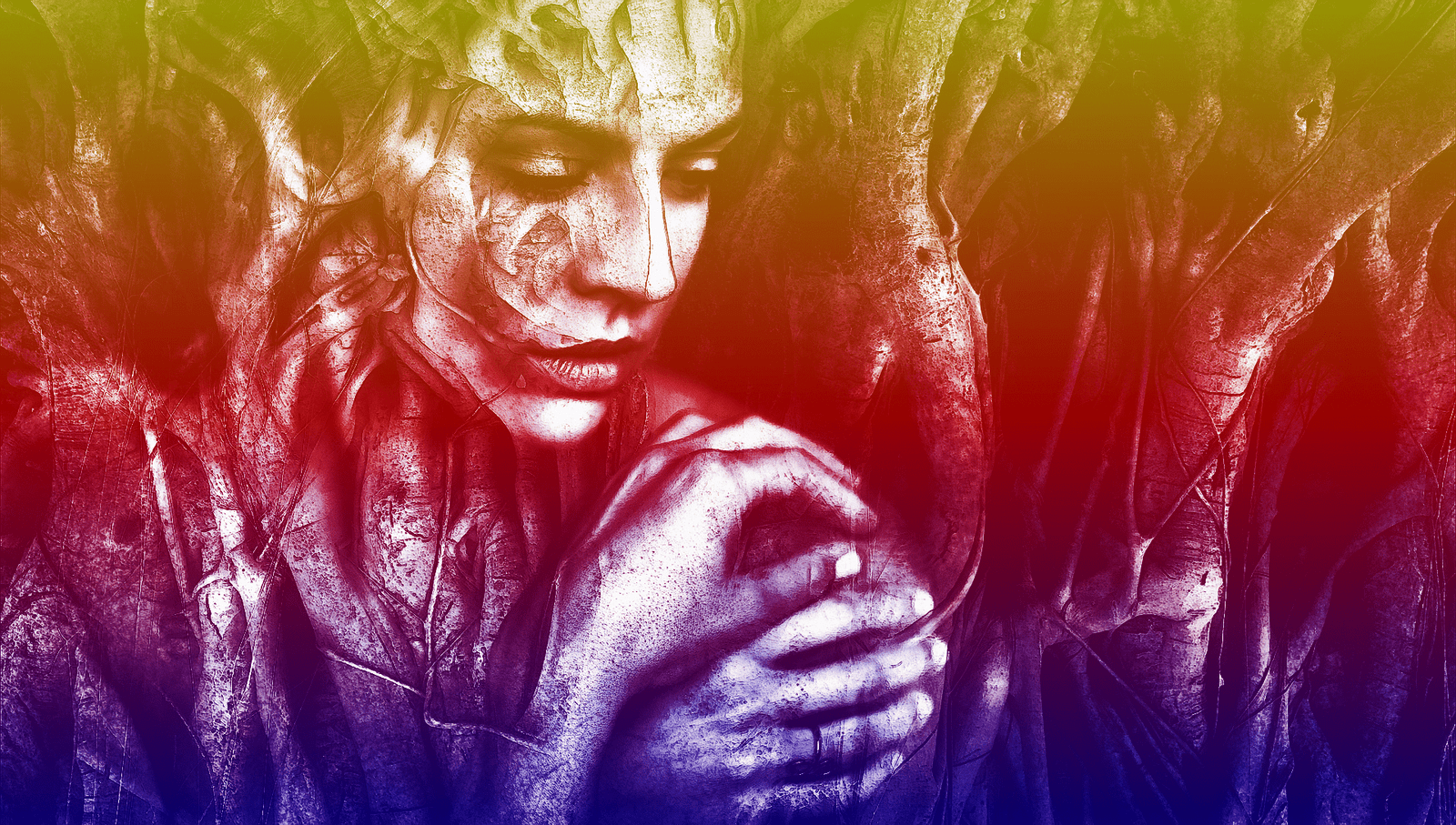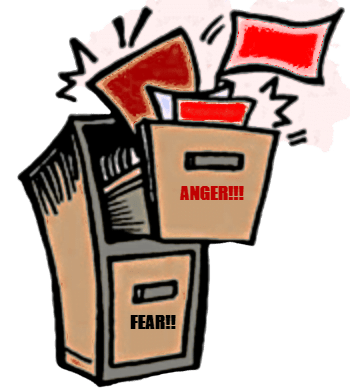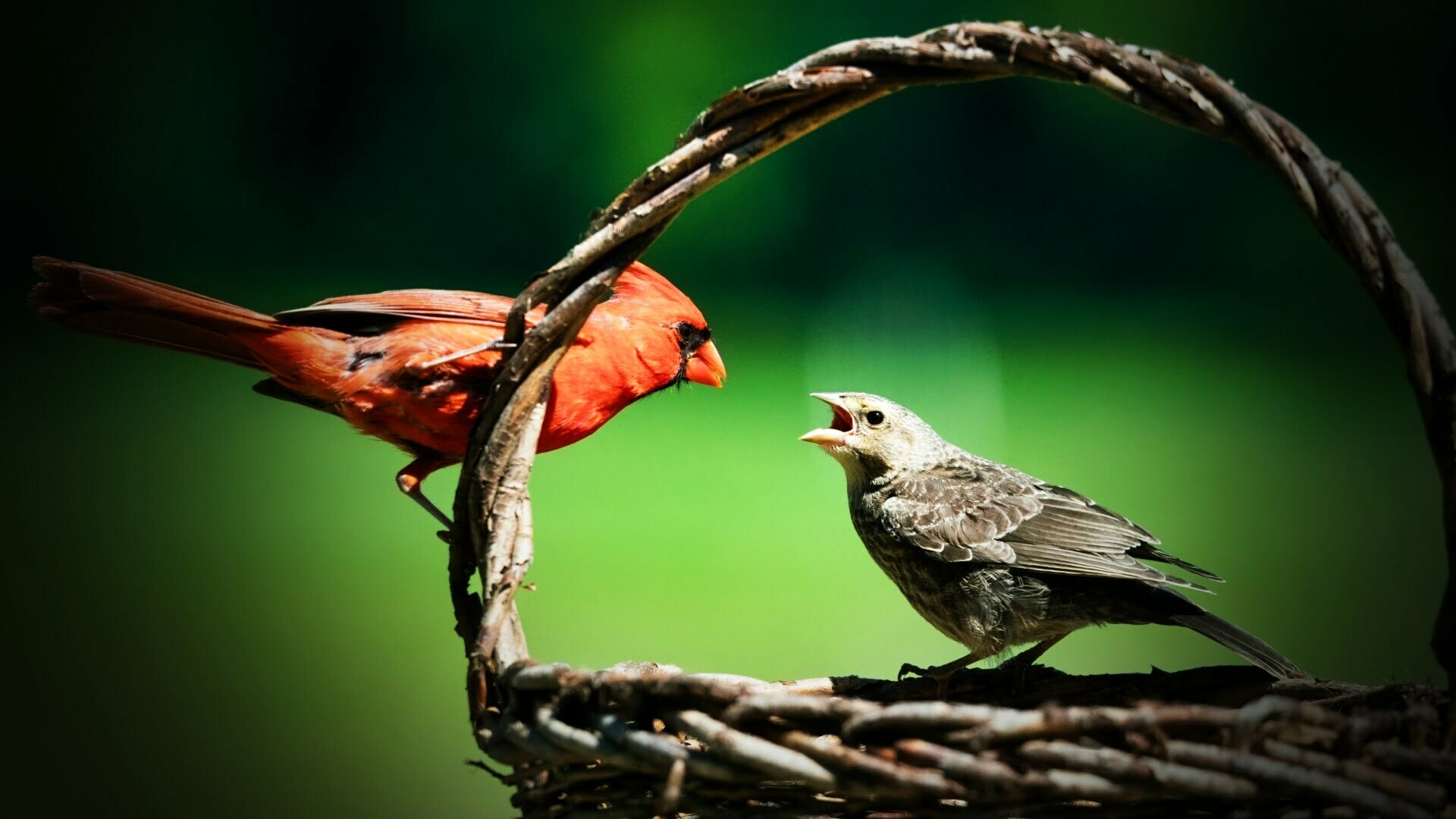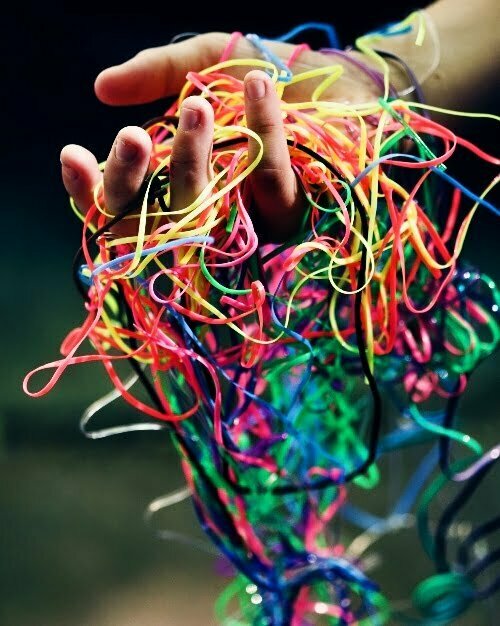Objective reality calls forth from the soul what’s needed in the moment
Essence calls to essence. Objective reality calls forth what is needed. If compassion is needed, compassion arises into the situation via the agency of a body/mind according to the clarity and capacity available.
We experience spiritual states when qualities and dimensions of true nature arise in more fullness or purity than our normal day to day experience. These “peak experiences” are thought by some to be mental states, but those familiar with essence recognize them as substantial beyond the realm of mind and body energies.
For some time, our experience with states is often linked with psychodynamic work which “clears” our conduit or, using our ball-of-string example, opens up more space in the psyche.
When our work with our ball of string, our footings and our scaffolding has created more consistent space in our psyche, spiritual states arise more and more often, responding to what’s needed in the moment.
When particular states are available as needed, we refer to that availability as a station. This doesn’t mean you can make this happen. It has nothing to do with you in that way. Relating to it in that manner is an indication that self is claiming spiritual experience and agency.
People usually don’t walk around in particular states all the time. Reality is dynamic, its expression is always manifesting in new and different ways. An open, available consciousness reflects this, kind of like a kaleidoscope.
A station isn’t 24/7 compassion. A station is when compassion is needed, it arises without interference from the past. Orienting toward an open consciousness instead of a static ultimate state embraces the dynamic nature of reality and allows true nature to reveal and optimize our potential in a reality of infinite possibilities.
One of the main guidelines is to know oneself. The moment you know yourself, you always recognize it. Then, if this is not present you can ask what is stopping it. By understanding what is stopping you, you become yourself again. When all the issues and beliefs and images that block this experience are removed by understanding, then it is not just a state you experience, but a station. A station means that a quality of essence is present whenever there is a need. When you are yourself as a station, you are no longer being guided, you have matured. – A. H. Almaas, Diamond Heart Book Two
A station does not mean you are free and clear of reactivity and the world of object relations. You can still get triggered and react with anger or some other emotion, but the reactivity will pass more swiftly, the essential state will emerge a little more fully and there will be less “holding on” to the after-effects of events in time – both good and bad.
A station is not a destination, it’s capacity and availability.
Optimizing Your Gifts and Talents
One definition of humility is: an objective assessment of your strengths and weaknesses.
Take a few minutes for an objective assessment of your experience and relationships with essential qualities.
-
-
-
- Which essential qualities are most available to you?
- Which essential qualities are least available to you?
-
-
Assessing this can be subtle and tricky. In the early stages of working with essential qualities, there’s a certain amount of idealization or preference based on ego deficiency or personality “needs.”
The assessment should objectively reflect which qualities seem to arise more easily and readily in day-to-day life. Which qualities seem to be associated with the need for less psychodynamic work?
Each of us have easier access to some qualities, or perhaps, less disconnect. Sometimes we don’t see it, or we may discount it because they don’t take a lot of work or we think it’s normal and everyone has access to this. People may say we have a talent or gift for…
Each essential quality contains all qualities.
You may have a capacity for clarity and not recognize its connection to the essential realm. It’s been there your whole life. It helped you excel in certain subjects at school and plays a big part in your success.
It may have never occurred to you that this is an essential aspect of the soul until you read about it. When this is brought to your attention, and you recognize the validity of it, and you work with it a bit – you can acknowledge and own it, yeah, I seem to have maintained a connection to clarity more than say strength.
Essential strength or essential will may be qualities that are more difficult for you. Perhaps you have spent many years working on these qualities, but they still seem more problematic – anger issues, procrastination, whatever.
Has it ever occurred to you that essential clarity contains essential strength and essential will – and the entire treasure chest of essence? If you spend a little time exploring those qualities you seem most connected to, you will discover access to the qualities you feel least connected to. It’s like having a backdoor into computer code you’ve written.
With clarity you can initiate action because the situation is clear to you. You may find beliefs and history and habits in the way of taking action, but if you recognize the strength in clarity, strength will arise more fully bringing its capacities with it.
Clarity has a steadfastness. It’s not wishy washy, it’s steady – right there in your head center and vision. If you stay with the phenomenology of steadiness, other areas of your body will begin to resonate with it.
Before long, you may experience it in your belly. This steadfastness may not align with your beliefs about will. You may need to spend some time checking it out, see how it influences you.
I always encourage people I work with to be the “lab rat” in their life. When new capacities present themselves, take them out for a test drive. Put the pedal to the metal, see what’s possible.
Sometimes essential qualities arise together and seem to combine in response to certain situations. I remember a situation where compassion arose in response to someone experiencing deep pain, but the black also arose.
It took a moment for me to recognize why the black was arising. Part of the person’s situation was they were lying to themselves and this was adding to their pain and interfering with the action of compassion.
What was needed was “fierce compassion,” the capacity to cut through the lies and the power to be with the truth – all co-emergent with loving kindness. Pointing out the truth was the kindest action I could take in service to the person’s soul.
